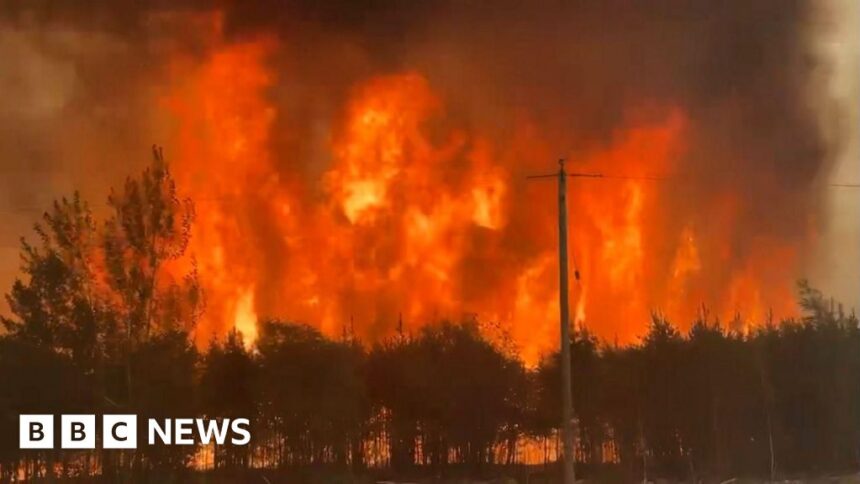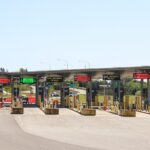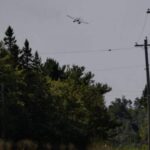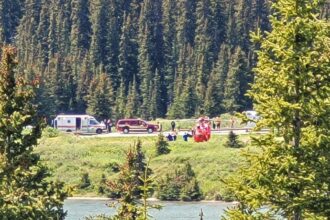The bone-dry pines crackled like matchsticks as Canadian Armed Forces personnel rushed through smoke-choked northern Saskatchewan communities yesterday, evacuating residents from the path of unforgiving wildfires that have already consumed over 1.4 million hectares of forest—an area larger than Greater Vancouver.
“We’ve never seen conditions this severe this early in the season,” said Fire Commissioner Steve Roberts during an emergency briefing in Regina. “The combination of record-low precipitation, unseasonably high temperatures, and strong winds has created a perfect storm for extreme fire behavior.”
As dawn broke Tuesday, military CH-147F Chinook helicopters thundered above the treeline, part of Operation LENTUS—the CAF’s emergency response to the provincial state of emergency declared last week. Over 200 military personnel have now deployed to assist with what officials are calling Saskatchewan’s most significant evacuation effort in recent memory.
In Buffalo Narrows, a community of approximately 1,100 residents 450 kilometers northwest of Saskatoon, resident Marie Cardinal described the harrowing evacuation scene. “The sky turned this eerie orange color, and ash was falling like snow,” Cardinal told CO24 Breaking News. “We had 30 minutes to grab essentials before the military trucks arrived. My husband has lived here his entire life and says he’s never seen anything like this.”
The Canadian Interagency Forest Fire Centre reports that 27 active wildfires remain classified as “out of control” across northern Saskatchewan, with smoke conditions severely hampering aerial firefighting efforts. The province has already recorded a 43% increase in wildfires compared to the 10-year average for this time of year.
Premier Scott Moe addressed resource concerns during a press conference yesterday. “We’ve secured additional firefighting equipment from neighboring provinces and have requested specialized personnel from across Canada,” said Moe. “The federal government has assured us that military support will remain in place as long as needed.”
The economic impact extends beyond the immediate emergency. Saskatchewan’s forestry sector, which contributes approximately $1.8 billion annually to the provincial economy according to CO24 Business reporting, faces significant disruption, with multiple timber operations suspending activities indefinitely.
For the sporting community, the crisis has touched even Saskatchewan’s beloved athletic traditions. The Saskatchewan Roughriders announced via CO24 Sports that they will dedicate their upcoming home game to wildfire relief efforts, with portions of ticket sales directed to evacuation centers.
On the ground, military coordination continues to evolve as conditions change hourly. Colonel James Henderson, commanding officer of the operation, explained the challenges: “We’re dealing with extremely remote communities, limited road access, and constantly shifting fire boundaries. Our primary focus remains getting people to safety first, then supporting provincial authorities with logistics and transportation needs.”
Indigenous communities face disproportionate impacts, with several First Nations territories among the most threatened areas. Elder Joseph Bear from the Peter Ballantyne Cree Nation emphasized the cultural significance of the lands being consumed. “These forests aren’t just trees to us—they’re our pharmacy, our grocery store, our classroom, and our church,” said Bear. “When they burn, we lose more than just timber.”
As Saskatchewan braces for another week of challenging weather conditions, the question remains whether military and provincial resources can contain the blazes before they threaten more populated regions. For thousands of displaced residents watching the smoke plumes from evacuation centers, the wait continues.
























